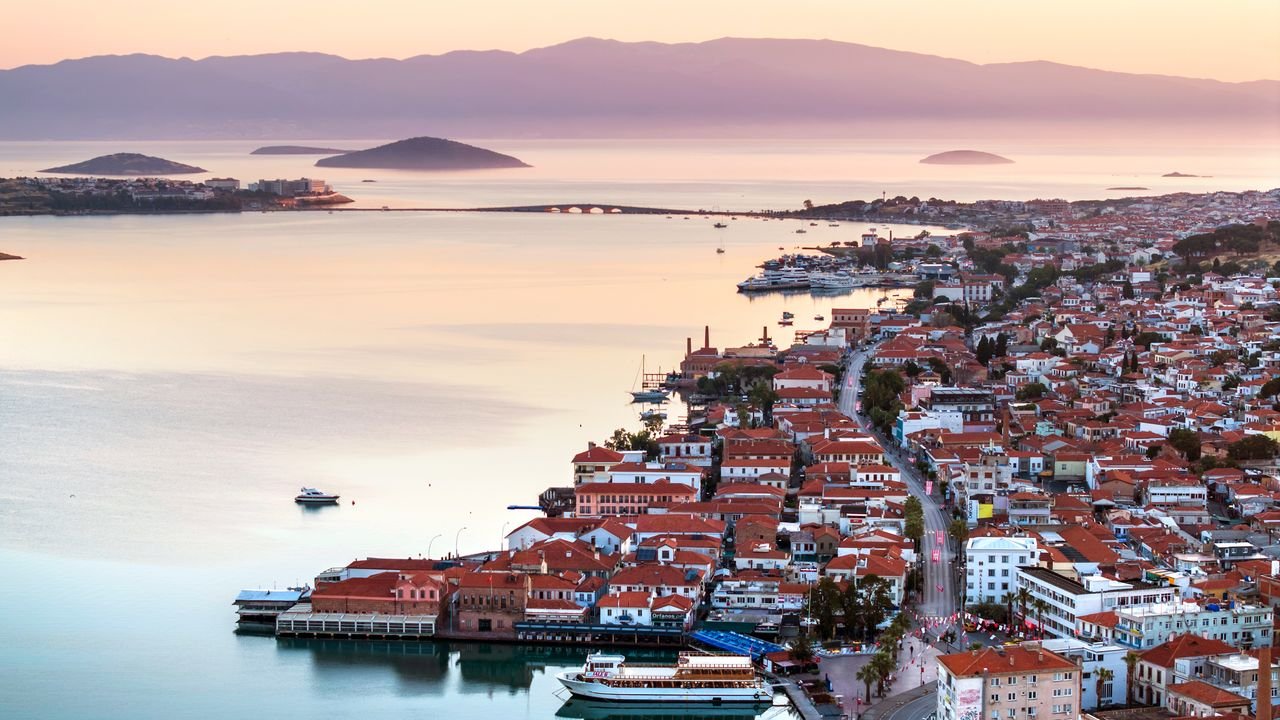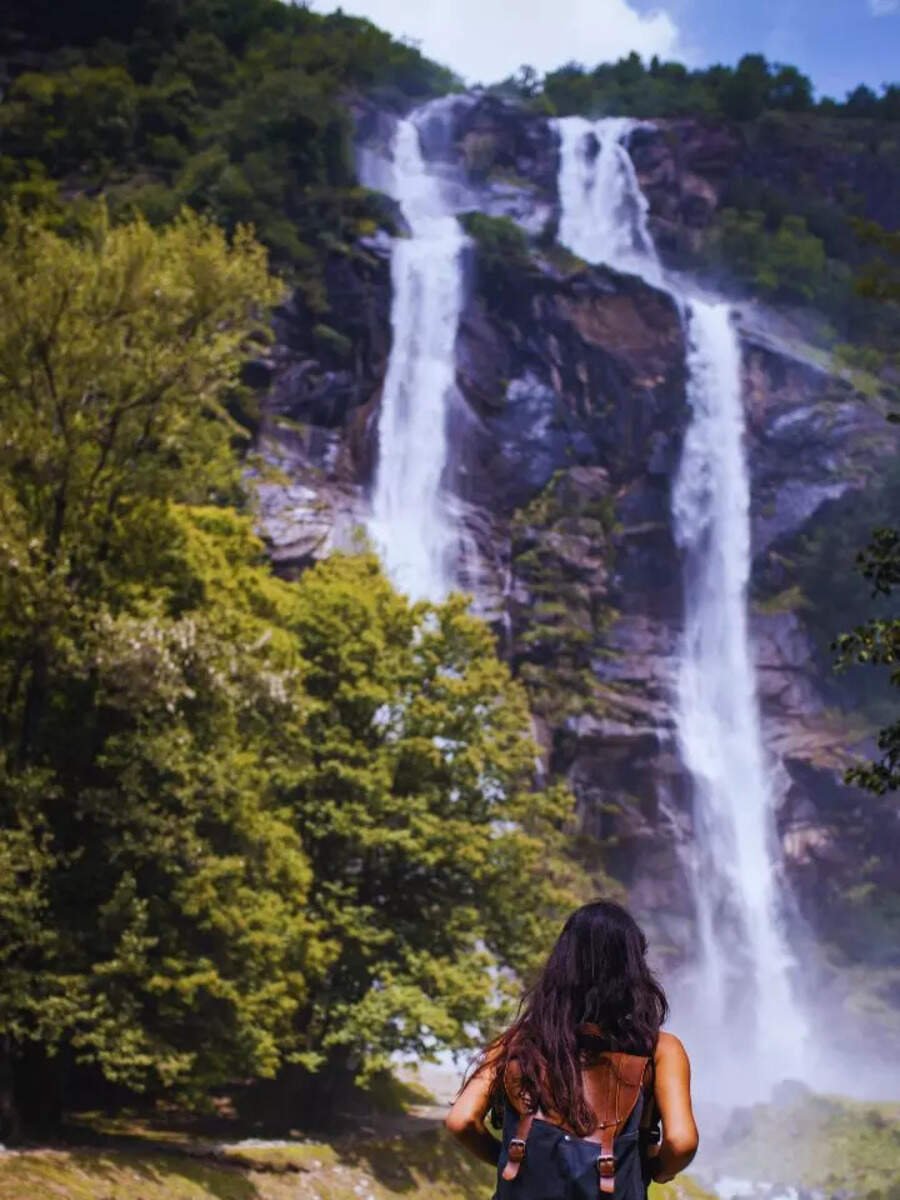Solo Travellers
Earthquake in Türkiye 2025: Latest Travel Advice

Around Sindirgi in Balikesir province, travelers may encounter diversions, cordoned-off streets, and increased police presence in areas undergoing safety inspections, but elsewhere it’s largely business as usual.
Visitors planning to stay in Balikesir—including popular spots such as Ayvalik, Cunda Island, and the Mount Ida region—should check in with their accommodation hosts for the latest local updates, steer clear of heritage buildings until they’ve been officially inspected, and keep itineraries flexible in case of temporary closures or route changes.
Why do so many earthquakes strike Türkiye?
Türkiye sits on one of the most seismically active regions in the world, straddling the complex collision zone between the Eurasian, African, and Arabian tectonic plates. The country records an average of around 20,000 tremors each year, though most are too small to be felt.
The country is crisscrossed by several major fault lines, the most notorious being the North Anatolian Fault, which runs roughly parallel to the Black Sea coast and has produced a series of devastating quakes over the past century.
To the east, the East Anatolian Fault marks another active boundary, while smaller but still dangerous faults thread through western Türkiye’s Aegean region.
As these massive plates grind, slip, and occasionally jolt past each other, stress builds until it’s released in the form of earthquakes—a process that makes tremors a regular, if unpredictable, part of life in the country.
How to receive earthquake alerts in Türkiye
Travelers can follow the latest earthquake advisories and safety updates from AFAD via its official website and social media channels. Local governors’ offices and municipalities also post area-specific notices, including cordon updates and road closures.
For visitors, embassies often share travel guidance on their own channels, while major Turkish news outlets such as Anadolu Agency and TRT World provide rolling coverage in English.
What to do during an earthquake aftershock
If an aftershock strikes and you are outdoors, resist the urge to go indoors to collect any belongings—AFAD warns against re-entering any building showing cracks, leaning walls, or other signs of damage until engineers give the all-clear.
If you’re inside when shaking begins, immediately drop to the ground, take cover under a sturdy table or desk, and hold on until it stops, then head for an open space well away from buildings, loose signage, or overhead power lines.
In all circumstances, follow cordons and instructions from local police or zabıta (municipal officers), who may block off streets during safety inspections and “red-tag” unsafe structures—entering these restricted zones can result in fines.
A version of this article originally appeared on Condé Nast Traveller Middle East.
Solo Travellers
Connecting with Locals: Respectful Cultural Interactions
Solo Travellers
Women who travel alone usually share these 7 subtle personality traits, according to psychology

Twilight in a new city always makes me honest. The night markets were just warming up when I stepped off the bus in Oaxaca last fall. My map app was out of battery.
My Spanish was rusty. And the only plan I had was a scribbled list that said “mole, textiles, say yes if it feels good.”
I remember pausing on the curb, tucked between a flower stall and a man tuning a guitar, and feeling that quiet click I’ve come to trust when I travel alone: not bravado, not a dare—just a steady, subtle readiness.
When you travel solo as a woman, people often assume you’re fearless.
I’m not. I just practice different muscles — small ones you only notice when things get unscripted.
Psychology has names for many of them.
Below are 7 of the most common traits I see (and keep building) in women who love their own company on the road.
None of these are fixed or exclusive to women. They’re skills you can stretch, one bus platform, one breakfast counter, one border crossing at a time.
1) Comfort with ambiguity
Solo travel is, by design, a little fuzzy around the edges.
You book a guesthouse with three reviews and a great balcony. You wander into a café where there’s no English menu and no one has time for your translator app. You get comfortable choosing without complete information.
Psychology calls this tolerance for ambiguity — the ability to function without distress when outcomes are uncertain.
The APA definition of “tolerance for ambiguity” captures that skill, and research on international adjustment suggests that learning to work with uncertainty is part of adapting to new environments.
On the road: it looks like trying the dish you can’t fully decode or switching plans when the museum is closed without letting it derail your mood.
Try this: give yourself one unpinned hour each day. Pick a direction and walk until one sensory cue—fresh bread, a courtyard laugh—invites you in. You’re not chasing risk; you’re practicing steadiness in the gray.
2) Autonomy as a default setting
When you travel with others, your calendar belongs to the group.
When you travel alone, your days answer by your energy.
That means leaving a festival early when your nervous system is done—or adding a second long, slow breakfast because the first one felt like medicine.
This lines up with self-determination theory, which says we thrive when our needs for autonomy, competence, and relatedness are met.
Designing your trip around what actually nourishes you (not what looks good in a recap) keeps motivation intrinsic and travel joyful.
On the road: you stop doing things just because “that’s what everyone does here.”
Try this: write a three-line “why this trip matters to me” note on your phone. When an invite comes that doesn’t match your why, say no with gratitude and keep moving.
3) Self-efficacy in motion
Some days, solo travel is a string of tiny logistics: buying the right bus ticket, swapping a SIM card, and ordering vegetarian food without sounding apologetic.
The more you do these micro-tasks, the more you trust yourself to handle the next round.
That trust has a name: self-efficacy—your belief that you can organize and execute the actions needed for a situation.
It threads into action through perceived behavioral control in the theory of planned behavior (Ajzen), which helps explain why feeling capable often precedes clicking “book.”
On the road: you’re the kind of person who reads a ticket kiosk once, then helps the person behind you.
Try this: rehearse one friction point before you leave. Watch a short video of your destination’s ticket machines. Practice ordering in the local language with a friend. Bank a win now to spend on confidence later.
4) Psychological flexibility
Trips wobble. Trains get canceled. A street you loved by day feels different at night.
Psychological flexibility — the capacity to pivot effectively while staying tethered to your values—helps you re-choose without spiraling.
A widely cited review argues that flexibility is a fundamental ingredient of mental health; it’s also central to Acceptance and Commitment Therapy’s model of change.
On the road: it’s swapping a late dinner for a bath and a book because your body says “enough,” and letting that be a success, not a failure.
Try this: build a “Plan B bank.” For each day, list two backups for eat / move / see. When the main plan slips, you’re not starting from zero—you’re choosing from a menu.
5) Quiet curiosity
You don’t have to network your way across a city to feel connected.
I’ve had afternoons changed by asking a market seller, “What herb is that?” or a museum guard, “If you had ten minutes, which room would you sit in?”
Curiosity opens doors—especially the small, human ones.
Psychologists distinguish flavors of curiosity. The Curiosity and Exploration Inventory-II (CEI-II) taps both the urge to stretch into newness and the ability to savor the moment.
When the interest is about people, interpersonal curiosity supports social connection in everyday encounters.
On the road: it’s five precise questions you bring to any barista, vendor, or ticket clerk.
Try this: keep those five on a note in your phone. Use them when your mind wants to retreat into your screen.
6) Boundary fluency (assertive ≠ abrasive)
Traveling alone means you negotiate a lot: vendors who press, strangers who linger, friends-of-friends who want your time. The goal isn’t to be “nice.”
It’s to be clear.
Assertiveness—stating your needs directly while respecting others—is linked to healthier communication and lower distress than either passivity or aggression.
If boundaries feel tricky, you’re not alone. Like any skill, this gets easier with rehearsal.
On the road: you decline firmly, redirect gracefully, and leave when vibes are off.
Try this: pre-script three lines in the local language: a polite no, a firm no, and a location change (“I’m leaving now / I’m meeting a friend”). Practice the tone, not just the words.
7) Positive solitude
Some of my best meals have been table-for-one with a notebook open, watching a neighborhood exhale.
Solitude isn’t a punishment — chosen well, it’s a refuel.
Work from self-determination theorists shows that autonomous, chosen solitude can regulate emotions and support well-being.
On the road: it’s a quiet dinner without reaching for your phone like a life raft.
Try this: schedule one “no-scroll meal” per day. Before you eat, write three sensory notes (sound, scent, texture). Let attention be the company.
Final thoughts
Back on that Oaxaca curb, a woman my mother’s age caught my eye.
She tilted her head toward the market, as if to say, “Are you coming?” I followed her into a corridor of light and fruit and smoke, bought dinner I couldn’t fully name, and shared a long bench with strangers.
I didn’t make a new best friend or have a profound epiphany. I just felt steady and awake, grateful to be exactly where I was.
That’s the secret, if there is one. Solo travel isn’t a personality test you either pass or fail.
It’s a set of quiet muscles—ambiguity tolerance, autonomy, self-efficacy, flexibility, curiosity, boundaries, and chosen solitude—that you grow trip by trip.
Pick one to practice on your next adventure. Make it small. Make it yours. The rest will come.
Solo Travellers
Top 10 safest countries for solo women travellers (WPS Report) – The Times of India
-

 Brand Stories3 weeks ago
Brand Stories3 weeks agoBloom Hotels: A Modern Vision of Hospitality Redefining Travel
-

 Brand Stories2 weeks ago
Brand Stories2 weeks agoCheQin.ai sets a new standard for hotel booking with its AI capabilities: empowering travellers to bargain, choose the best, and book with clarity.
-

 Destinations & Things To Do3 weeks ago
Destinations & Things To Do3 weeks agoUntouched Destinations: Stunning Hidden Gems You Must Visit
-

 Destinations & Things To Do2 weeks ago
Destinations & Things To Do2 weeks agoThis Hidden Beach in India Glows at Night-But Only in One Secret Season
-

 AI in Travel3 weeks ago
AI in Travel3 weeks agoAI Travel Revolution: Must-Have Guide to the Best Experience
-

 Brand Stories1 month ago
Brand Stories1 month agoVoice AI Startup ElevenLabs Plans to Add Hubs Around the World
-

 Brand Stories1 month ago
Brand Stories1 month agoHow Elon Musk’s rogue Grok chatbot became a cautionary AI tale
-

 Brand Stories3 weeks ago
Brand Stories3 weeks agoContactless Hospitality: Why Remote Management Technology Is Key to Seamless Guest Experiences
-

 Asia Travel Pulse1 month ago
Asia Travel Pulse1 month agoLooking For Adventure In Asia? Here Are 7 Epic Destinations You Need To Experience At Least Once – Zee News
-

 AI in Travel1 month ago
AI in Travel1 month ago‘Will AI take my job?’ A trip to a Beijing fortune-telling bar to see what lies ahead | China















You must be logged in to post a comment Login